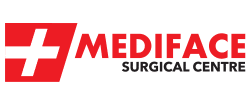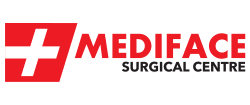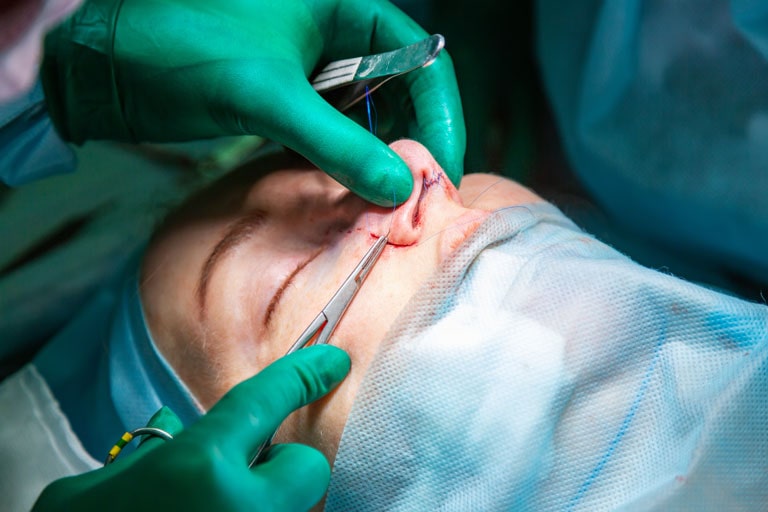With any type of activity there is inherent risk. An individual’s choice to undergo a surgical procedure is based on the comparison of the risk to potential benefit. Although the majority of patients do not experience these complications, you should discuss each of them with your plastic surgeon to make sure you understand the risks, potential complications and consequences of rhinoplasty. Rhinoplasty is one of the operations with a low risk rate when performed by a skilled and experienced surgeon. Nose job is also one of the operations of plastic surgery department that requires planning and demands high attention in practice. The most important reason behind this is the 3 dimensional anatomic structure of the nose that has gaps and many different details. The fact that it has a vital function such as respiration and many diseases and illnesses that affect this function also play an important role.
The cartilages in the structure of the nose undergo a change with aging. Therefore, only aging by itself causes our nose to sag a little. The trauma of these cartilages due to an accident or surgery accelerates the changes that come with aging (apoptosis). Therefore, the nose becomes more sensitive and fragile after aesthetic nose surgery. While it takes about 2-3 months for the swelling to go down, the nose takes a much longer time, such as a few years, to take its final shape. The prominent changes in this process are millimetric dissolution of cartilages and soft tissue changes. While the cartilage changes cause the nose to shrink a little more and weaken the cartilage support and fillings, soft tissue changes differ depending on the skin type. If the postoperative edema cannot be resolved by massage and other methods in thick skinned noses, this swelling can turn into a permanent tissue and make the appearance of the nasal tip coarse. In thin-skinned noses, it may be possible that the skin adheres to the underlying bone and cartilage tissues and creates unwanted indentations and protrusions after surgery.
Although everything needed has been done after rhinoplasty, the complaints of inability to breathe may not go away or may become apparent. The reason for this may be the recurrence of the corrected curvature due to the cartilage memory or the edema of the mucosa in the nose due to allergic or other reasons.
In noses with prominent deviation or asymmetry from the outside, even if everything is corrected during surgery, full recovery may not be achieved due to soft tissue recessions and cartilage memory during the recovery period. This is especially the case in patients whose nose has been deviated since childhood.
In cases where the nasal bones need to be broken, there are other risks brought by this breaking process. If a controlled fracture has not been achieved (due to previous fractures, etc.), it may be difficult to maintain symmetry. Again, breaking processes create more swelling and edema. In the postoperative period, discoloration may occur under the eyes, especially in patients with dark skin color.
In order to correct the problems that may arise due to all these reasons in aesthetic nose surgeries, lightening creams, steroid injection, filling material application, a second surgical intervention under local or general anesthesia may be required.
Together with these; infection, bleeding, scarring, numbness, or reaction to the anesthesia given are among the risks that may occur.
Small red spots may be observed on the surface of the skin after surgery, these are vascular structures, usually, disappear after a while. And since the skin is also altered, there is the potential for permanent numbness within the nasal skin after rhinoplasty. The occurrence of this is not predictable. Diminished (or loss of skin sensation) in the nasal area may not totally resolve after rhinoplasty.
In rare cases, local allergies to tape, suture material, or topical preparations have been reported. Systemic reactions which are more serious may occur to drugs used during surgery and prescription medicines. Allergic reactions may require additional treatment.
When rhinoplasty is performed through the nose, there is no visible scar, and in the open technique, the scar is mostly not even visible.
If you decide to have your surgery here at Mediface Surgical Centre Antalya, Turkey, thanks to the technique Dr Hadi Nural uses, you will not experience any bruising, only minimum level of swelling and you will also be able to leave the hospital on the same day of your surgery.






